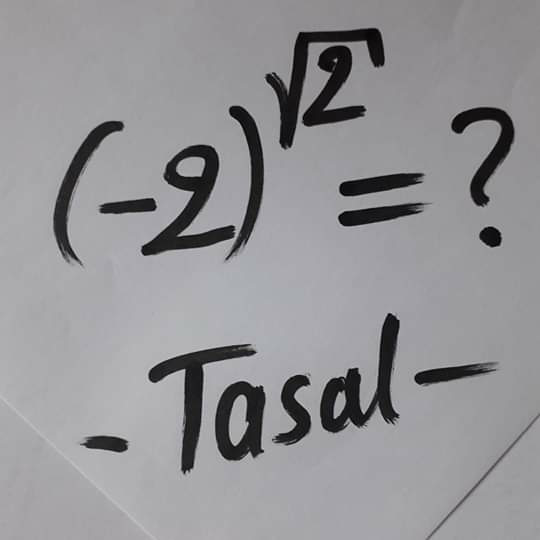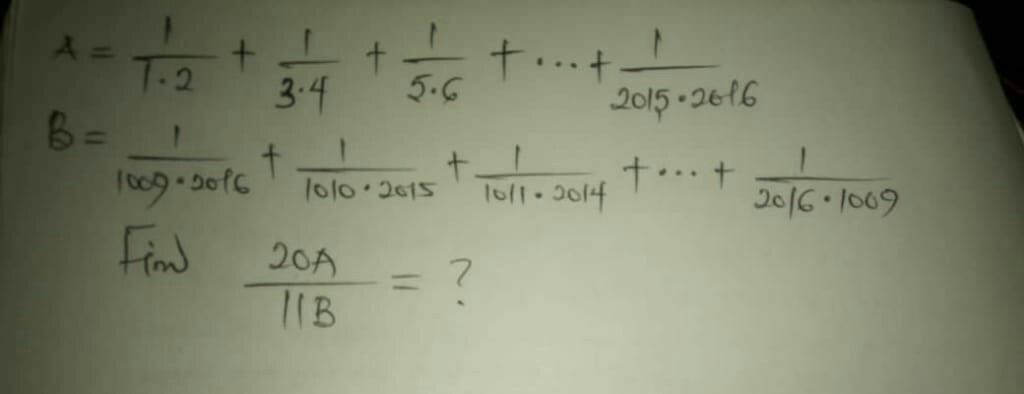
AllQuestion and Answers: Page 1406
Question Number 71806 Answers: 1 Comments: 0

Question Number 71802 Answers: 1 Comments: 1
Question Number 71801 Answers: 0 Comments: 0
Question Number 71799 Answers: 2 Comments: 0

Question Number 71777 Answers: 0 Comments: 1
Question Number 71776 Answers: 1 Comments: 0

Question Number 71769 Answers: 0 Comments: 3
Question Number 71767 Answers: 0 Comments: 0
Question Number 71761 Answers: 0 Comments: 5
Question Number 71751 Answers: 0 Comments: 0

Question Number 71750 Answers: 0 Comments: 2
Question Number 71740 Answers: 0 Comments: 1
Question Number 71739 Answers: 2 Comments: 0
Question Number 71729 Answers: 1 Comments: 2
$${find}\:{dU}\:\:\:{if}\:\:\:{U}={x}^{\mathrm{2}} {e}^{\frac{{x}}{{y}}} \\ $$$$ \\ $$
Question Number 71724 Answers: 0 Comments: 0

Question Number 71759 Answers: 0 Comments: 2

Question Number 71790 Answers: 1 Comments: 0

Question Number 71756 Answers: 1 Comments: 0
Question Number 71717 Answers: 1 Comments: 3

Question Number 71698 Answers: 1 Comments: 2

Question Number 71695 Answers: 1 Comments: 0

Question Number 71693 Answers: 1 Comments: 0

Question Number 71680 Answers: 1 Comments: 0

Question Number 71674 Answers: 1 Comments: 0

Question Number 71666 Answers: 1 Comments: 1
Question Number 71665 Answers: 1 Comments: 0
Pg 1401 Pg 1402 Pg 1403 Pg 1404 Pg 1405 Pg 1406 Pg 1407 Pg 1408 Pg 1409 Pg 1410
